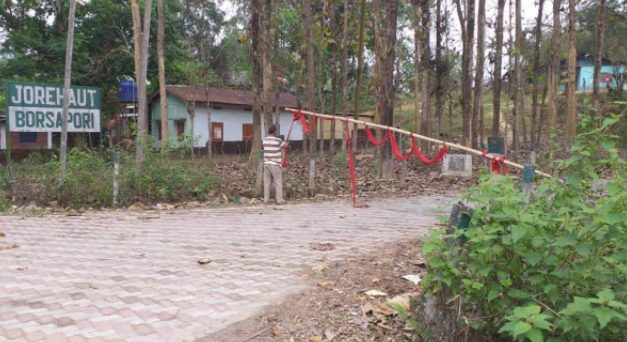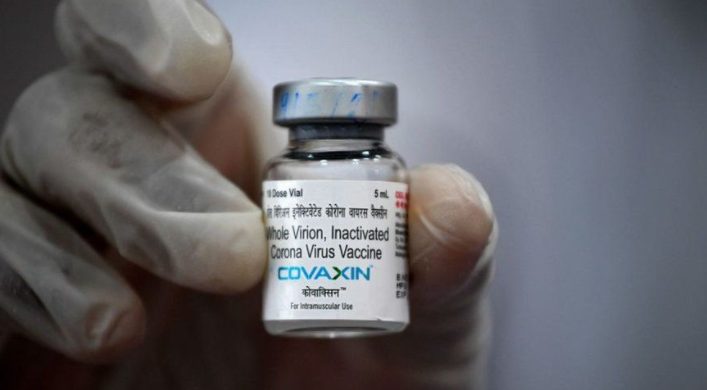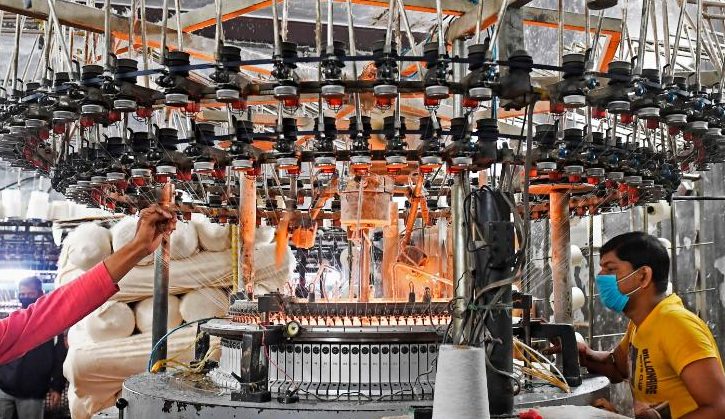In recent days, as the epidemic continues to rage in India, Modi has declared that the Indian government is in a “wartime state” in an effort to stem the spread of B.1.617, a mutated strain of the coronavirus. India’s Ministry of Health released data on the 16th, India’s new confirmed cases of Coronavirus in a single day more than 310,000 cases, a cumulative number of more than 24.68 million confirmed cases;
At present, more than half of India’s local governments have chosen to “seal the city”. Recently, India has announced the extension of the blockade measures for better prevention and control of the epidemic. New Delhi, India’s capital, extended the current blockade for another week, and the government of Maharashtra, home to Mumbai, India’s financial hub, announced a deadline to extend the outbreak until June 1.
In addition to the difficult situation in Many parts of India caused by the outbreak itself, the lack of medical supplies, the overburdening of hospitals, and the burning of bodies in parks, on the banks of the Ganges River and on the streets, many of India’s pillar industries are also at risk, affecting global vaccinations.
India’s textiles have been hit by a severe labour shortage
India’s textile industry plays an important role in the global textile industry, is the world’s second largest textile producer and the world’s fifth largest ready-to-wear trading country. At present, the industry is facing labor shortage, production activities stopped and many other problems.
According to Wazir Advisors, a consultancy, workers are absent from work in Delhi and Bangalore, India’s main garment-producing centres. For many manufacturers who have just resumed operations from last year’s outbreak, the safety of workers has become a huge problem.
Narendra Saab, president of the Surat Business Association, said about 350-400 trucks a day delivered Textile Parcels from Surat to other parts of the country from October 2020 to the first week of March this year. Each truck carries about 150 to 170 packages, worth 500,000 rupees. After 15 March this year, business slowly declined, as only 70 trucks left the city of Surat carrying textiles as a result of the outbreak.
Ashok Girawara, president of the Gujarat Weaving Association (FOGWA), said textile production in Surat was down 22 percent from March 2021, the Indian Express reported at the end of April. Many workers chose to leave the port city of Surat for fear that the local blockade would restrict their freedom of movement. More workers are expected to leave in the coming days.
Consumption and exports in India’s domestic clothing industry fell by 30 per cent and 24 per cent respectively last year, according to Wazir Advisors. For 2021, wazir Advisors will be difficult to predict because it is not certain when the outbreak will end.
Epidemic and dry weather factors have led to a decline in the tea industry
India, the world’s largest producer of tea, has been competing in export markets with countries such as Kenya and Sri Lanka.
Assam, India’s largest producer of black tea, lost 10-15 percent of its tea production because of drought and hail, the Times of India reported. At least 90 tea plantations in Assam state reported more than 500 confirmed cases of Coronavirus at the time of the second wave of outbreaks in India, according to the local tea association. The local government has declared many parks temporary quarantines, blocking confirmed patients on site in an attempt to stop the virus from spreading to the state’s 800 plantations.

A separate analysis by the Indian Express points out that most tea-producing areas are economically backward and have inadequate health systems, and that tea workers have low levels of education and most of them live in crowded tea plantations, which is a major reason for the sharp increase in infections. Vivek Goenka, president of the Tea Association of India, said the association was urging the indian government to set up vaccination camps in an effort to vaccinate workers. “There is a serious shortage of vaccines across the country and the government is trying to procure them in the hope of controlling the spread of the virus,” Gonca said. ”
However, due to the blockade caused by the outbreak, many tea plantations announced the suspension of work. “In January and February 2021, only 230,000 kg of tea was harvested in Assam, compared with 270,000 kg in January and February 2020 and 440,000 kg in the same period a year earlier,” said the Secretary-General of the Indian Tea Association. We hope to have a fresh start this year, but the outlook looks bleak due to the drought and the outbreak. ”
India’s outbreak crisis Global vaccine supply triggers ripple effects
The outbreak in India has also directly halted the global vaccination process.

The head of India’s Medical Research Council has said that in the past, vaccines produced in India accounted for 60 per cent of the global market. The Serum Institute of India is the world’s largest vaccine manufacturer. The agency produces 1.5 billion doses of vaccine a year and exports it to more than 170 countries around the world. The agency announced last year that it would produce up to 200 million doses of coronavirus vaccine for 90 countries and territories.
But since India suspended vaccine exports in March, the Indian Serum Institute (SII), the World Health Organization-led Coronavirus Vaccine Implementation Program (COVAX), has no supply plans.
Adar Poonawalla, chief executive of the Indian Serum Institute, said in an earlier media interview that the government had not anticipated a second wave of coronavirus outbreaks this year, had failed to place orders for vaccines in time and had failed to prepare for higher production. India’s current shortage of coronavirus vaccines will continue until July.
Gian Ghandi, UNICEF’s supply coordinator for the Coronavirus Vaccine Implementation Programme, said: “Unfortunately, it is still unknown to us when India will be able to supply the next batch of vaccines to meet the needs of many countries. We hope that everything will be back on track, but the state of the outbreak in India is uncertain… This raises huge concerns. ”
In recent months, some Southeast Asian countries, including Bangladesh, Indonesia and Sri Lanka, have had to recalibrate their vaccine promotion plans, previously using India as a supplier of vaccines, but have had to turn to other countries because of India’s restrictions on vaccine exports. Bangladesh’s foreign minister, Moomin, “complained” about India at an April 27 briefing, saying it had reneged on its promise to supply the vaccine as its only new source of vaccine supply.
In addition, several developed European countries, including the United Kingdom, had planned to purchase AstraZeneca vaccines made in India, which were also affected by the outbreak in India.



